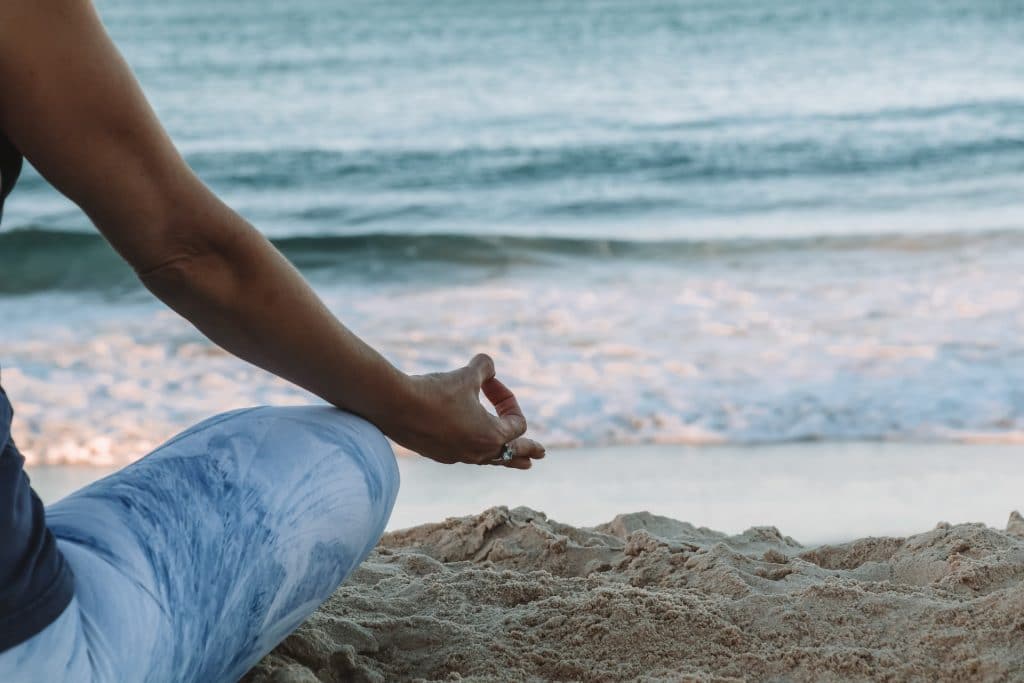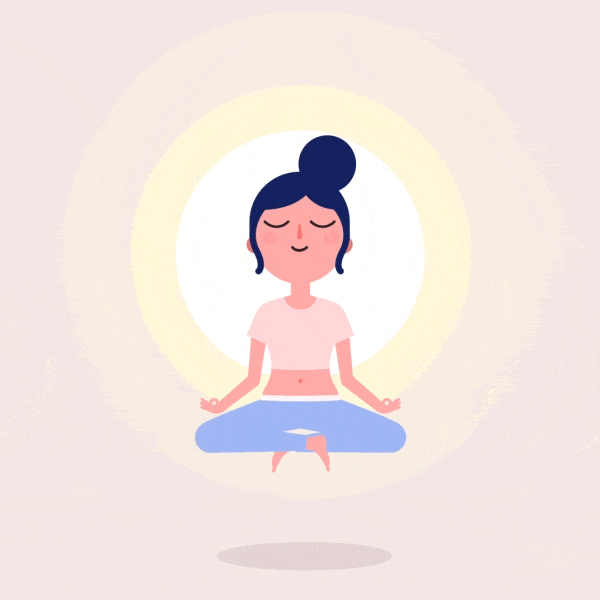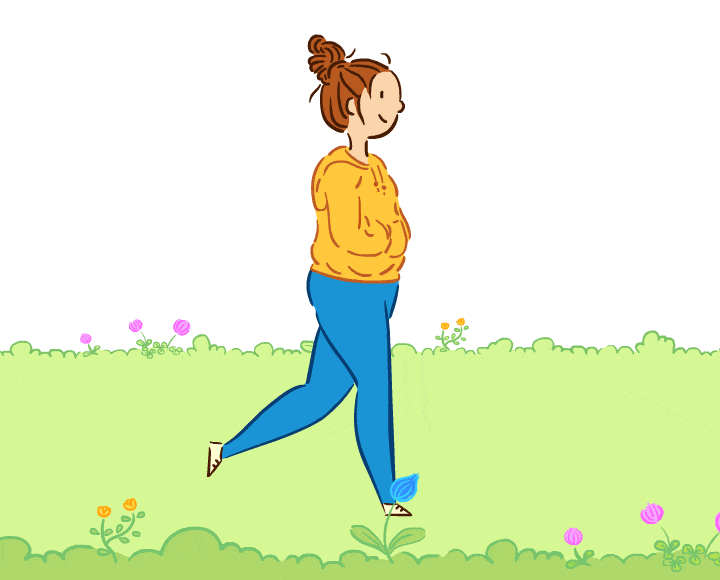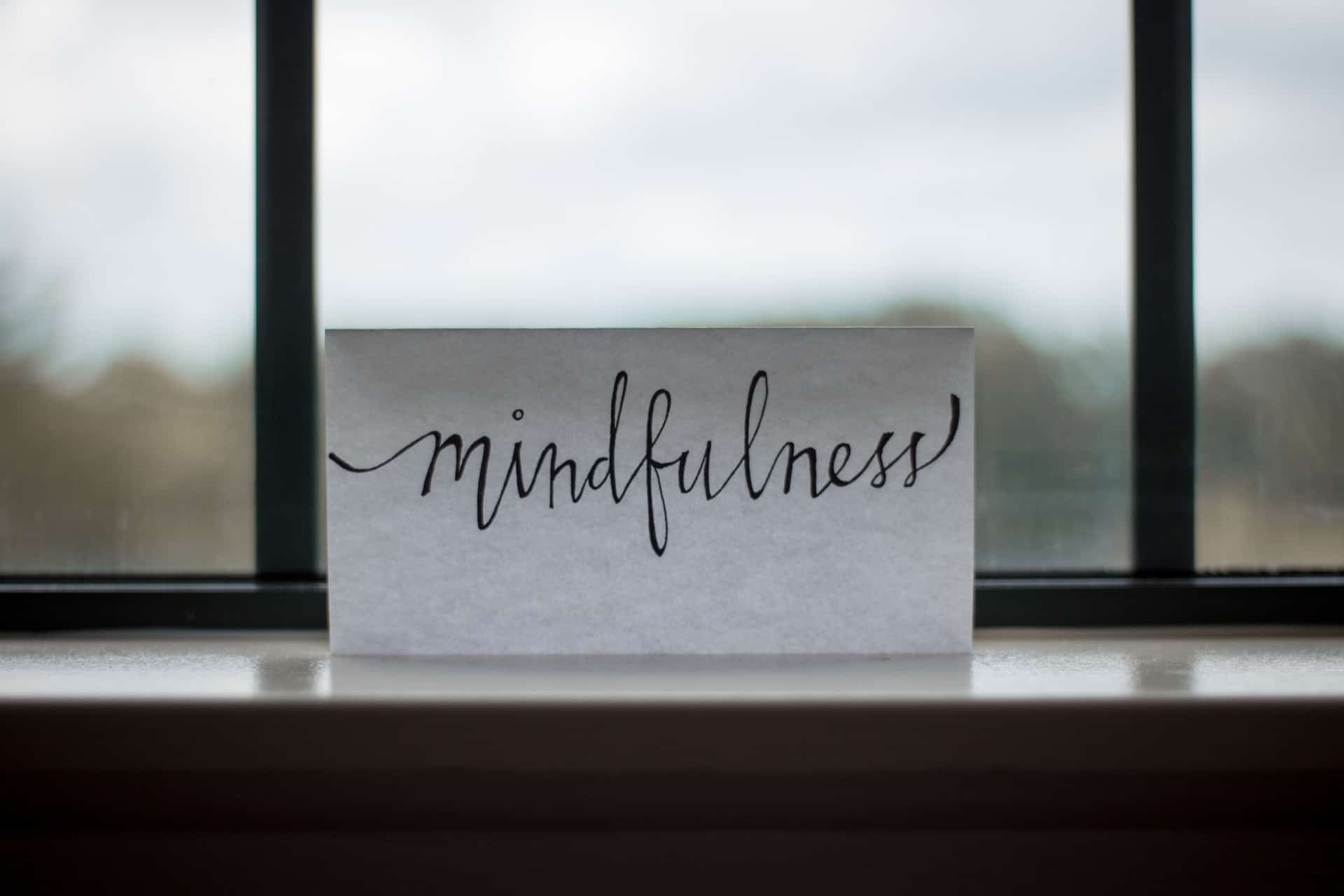We live in an extremely fast-paced world. So many people go through the motions of their daily lives, filled with distraction and stimulation.
Whether exhausted by busy schedules, preoccupied with information streams on the internet, or faced with new responsibilities at school, it’s easy to get overwhelmed by it all. And most of the time, people live day by day worrying about the future, or maybe even about a mistake they did in the past. Whatever it is, we all have become so tied up in this fast-paced life that we sometimes forget to check in with ourselves.
When was the last time you stopped for a moment and just enjoyed the moment? Breathed in the air and stood still? Got rid of all the distractions around you? Felt completely at peace?
Maybe you want to feel less stressed or like to sleep more soundly at night. Or perhaps you’re feeling overwhelmed and would appreciate more space. This is why it’s important to slow down, take deep breaths, enjoy the little things around you every once in a while, and disconnect from the fast-paced world we currently live in.
So how do we get there? By practicing Mindfulness.
You might be asking, “What is mindfulness?”
Mindfulness is the art of bringing your full awareness to the present moment. In simplest terms, it’s a state of paying attention to what is happening in the present moment, to everything around you and within you. It involves a moment-by-moment awareness of your thoughts, feelings, bodily sensations, or anything else you notice in your surroundings without judgment. And one of the most important components of practicing mindfulness is to welcome the present moment with acceptance and curiosity.

You can do it at home inside your own bedroom, or outside in a park. You can even do it on a crowded bus. Or do it now as you read this article!
Amazing, right?
But before I share our guide to mindfulness, let’s discover what mindfulness is and explore how it can benefit and greatly impact your life in a good way.
Benefits Of Mindfulness
Reduces Stress, Anxiety, and Depression
Practicing mindfulness has been known to provide many benefits, such as reducing stress and helping combat anxiety and depression.
We often have racing thoughts when we’re under too much stress. We might even often feel exhausted, anxious, restless, irritable, impulsive, or even angry. But as we try to take a deep breath, slow things down, and be fully present in the moment, mindfulness helps us control our racing and repetitive thoughts that often lead to stress and anxiety.

There’s also growing research about mindfulness meditation and how it impacts our brain. For example, research has found that the regular practice of mindfulness helps areas in the brain that are involved in emotional regulation, or the ability to control and manage emotions.
Several studies also found that it helps decrease levels of cytokines, also known as inflammatory chemicals that get released when you are stressed. These chemicals can affect someone’s mood and lead to depression.
Improves Cognitive Ability

Mindfulness has been found to boost your cognitive ability, including short-term memory. When you’re doing regular meditation, you can focus your attention for longer periods and be less distractible, which is important, especially when studying. You’re also more likely to think quickly, adapt to changing situations, and make rational decisions as you are more aware of what’s happening.
Strengthens Your Relationships

Mindfulness has also been found to improve and strengthen relationships. People who are more mindful and self-aware tend to empathize more with other people’s feelings and experiences. They’re also more accepting of people’s flaws and imperfections.
When you’re more present in your relationships, you can be more loving and kind, which makes people more connected and happier. Also, an improved ability to regulate your emotions reduces reactivity, often leading to more understanding and fewer conflicts.
Try These Different Mindfulness Exercises
So now that we know some of the essential benefits of practicing mindfulness, it’s time to share some simple yet effective mindfulness exercises that’ll help you right now.

Mindful Chores
As you go about your daily tasks, give your undivided attention to whatever you are doing and use your senses to fully immerse yourself in the moment.
For example, if you’re washing your hands, pay attention to the sound of water splashes and feel how the water cascades on your skin. Also, inhale the scent of the soap and feel the sensation of bubbles as you wash your hands.
If you’re familiar with the movie Ratatouille, remember how Remy the rat was fully immersed in eating the cheese and strawberry. Focus on every detail of your food, including the color, shape, flavor, or taste. It’s also good to not rush your meals, eat more slowly, and chew thoroughly.

If you’re eating a chocolate chip cookie, feel its texture. Is it crispy, chewy, or chunky? Next, smell the indulgent aromas of chocolate, caramelized brown sugar, and butterscotch. Then, after every bite, relish the taste of the sweetness and perhaps a bit of saltiness too. Don’t forget to note how the food makes you feel. Do you feel happy? Sad? Energetic?
Walking Meditation
Walking is part of our daily routine, and walking meditation can help your mind and body be in sync while you’re out and about.
As you start to walk, observe your posture and pay attention to your body movement and how your body feels. It’s also good to notice your breathing while you’re walking.

As you focus your attention on the experience of walking, tune in to the surroundings—the sky above you, flowers, trees, pavement, passing cars, people, or any other sights around you. You can also pay attention to smells, feel the warm breeze touching your skin, or listen to the rush of the river if there’s any nearby.
Another good way to practice walking meditation is to focus on the feeling of your feet touching the ground and counting every step.
Body Scan Meditation
As the name goes, you’re going to scan your body, but you’re going to do it mentally. Doing so will allow you to notice how each body part feels and is said to reduce body pain.
So how can we do this? Let me walk you through it. Follow my lead.
First, choose a position you’re most comfortable in. You can either do this by lying down or sitting—your choice. Once you feel comfortable, start taking deep breaths through your nose and exhaling through the mouth.
As you breathe out, close your eyes and notice how your body feels. Do you feel any tension in any of your body parts? Next, imagine a bright light shining on you, starting from your toes. Then moving slowly, the light progresses from your feet to your legs, knees, hips, stomach, chest, shoulders, arms, neck—until you reach the top of your head.
At every body part, it’s good to stop for a moment and pay attention to the sensation. How does it feel? Is it painful? Relaxed? Tensed? Tingling?
As you practice doing the body scan meditation, it’s natural for your mind to wander—that’s okay. When that happens, acknowledge it and bring your attention back to your body part.
That’s all for today! But before I end this guide, here’s a BONUS simple breathing exercise you can follow.

Mindfulness is not only a practice but also a way and attitude toward life. When you cultivate mindfulness in your daily life, you’re living more mindfully, more present in any moment of your life, happier, and at peace.
Of course, mindfulness is not a one-size-fits-all technique for life and your well-being, but it would not hurt to try and embrace it. I’ve been practicing and incorporating mindfulness for years now, and it has greatly helped me through phases of my life. I hope this will help you as much as it did to me.
I’ll now leave you with a phrase that deeply resonates with me from a spiritual teacher Ram Dass, whom I admire so much.
“Be Here Now.”
Ram Dass







